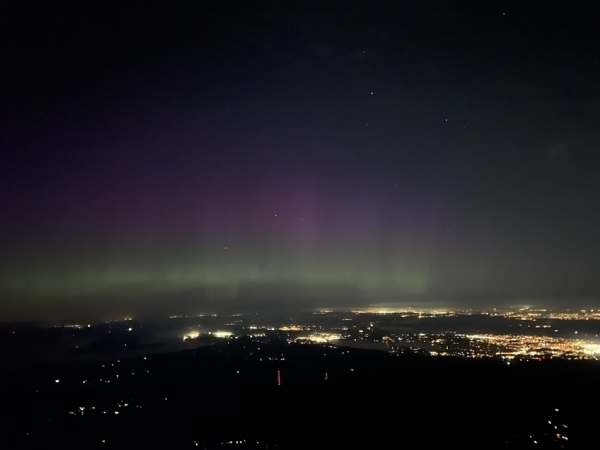Solar storm hits Earth amid global outage fear, aurora shows at many places
After the announcement, many space enthusiasts were capture the shots of aurora, which is natural light seen predominantly in high-latitude regions. After the announcement, many space enthusiasts were capture the shots of aurora, which is natural light seen predominantly in high-latitude regions. After the announcement, many space enthusiasts were capture the shots of aurora, which is natural light seen predominantly in high-latitude regions.
Total Views |
A solar storm hit the Earth on Tuesday amid fear of global outages that could have impacted radio and GPS signal and aurora were witnessed at high-latitude regions. Nasa researcher Dr Tamitha Skov on July 17 had predicted that a solar storm is expected to directly strike Earth and said that aurora shows were possible.

In a tweet, she said, "Direct Hit! A snake-like filament launched as a big #solarstorm while in the Earth-strike zone. NASA predicts impact early July 19. Strong #aurora shows possible with this one, deep into mid-latitudes. Amateur #radio & #GPS users expect signal disruptions on Earth's nightside."
Skov said that minor solar storm, with 50 per cent possibility of a major storm was possible at places with high latitude on July 20. She added that active aurora was possible in mid latitudes areas with 10 per cent possibility of a major storm.
After the announcement, many space enthusiasts were capture the shots of aurora, which is natural light seen predominantly in high-latitude regions.
A solar wind entered the Earth's magnetosphere after a crack opened in the planet's magnetic field on July 19, registering a minor G1-class geomagnetic storm, Spaceweather.com said. Several people took to social media to share the images of aurora shows they captured.

